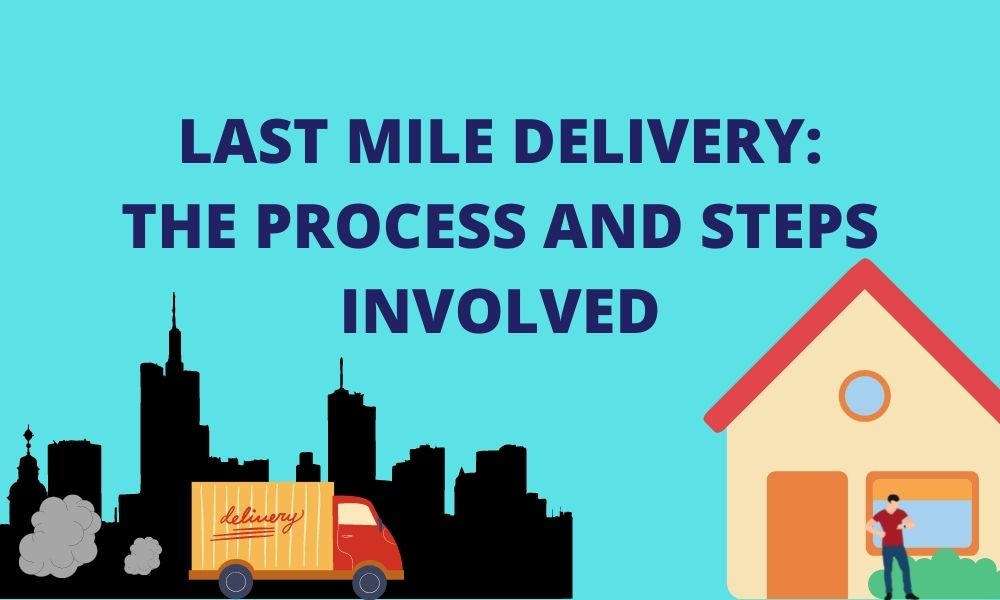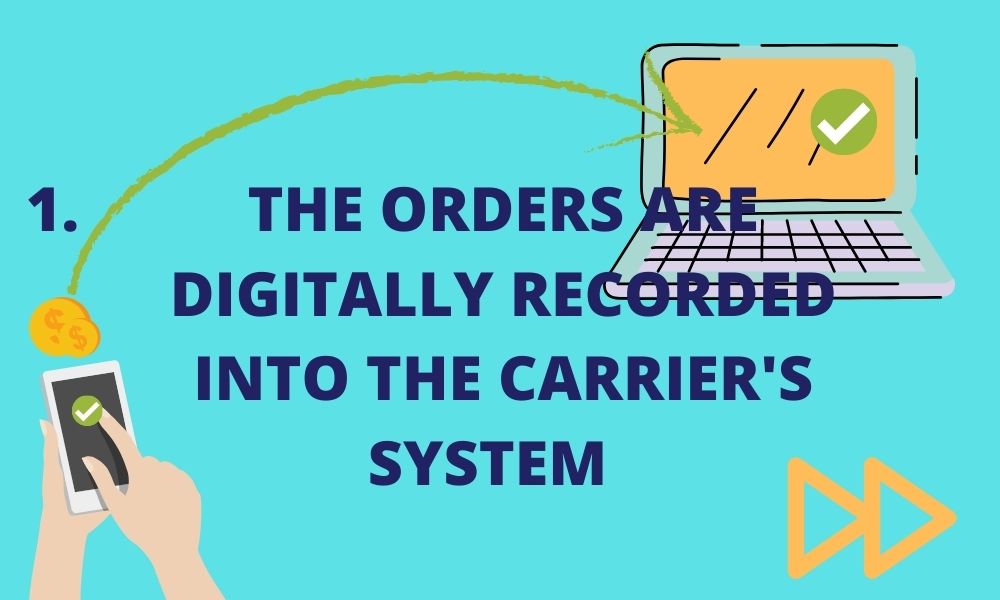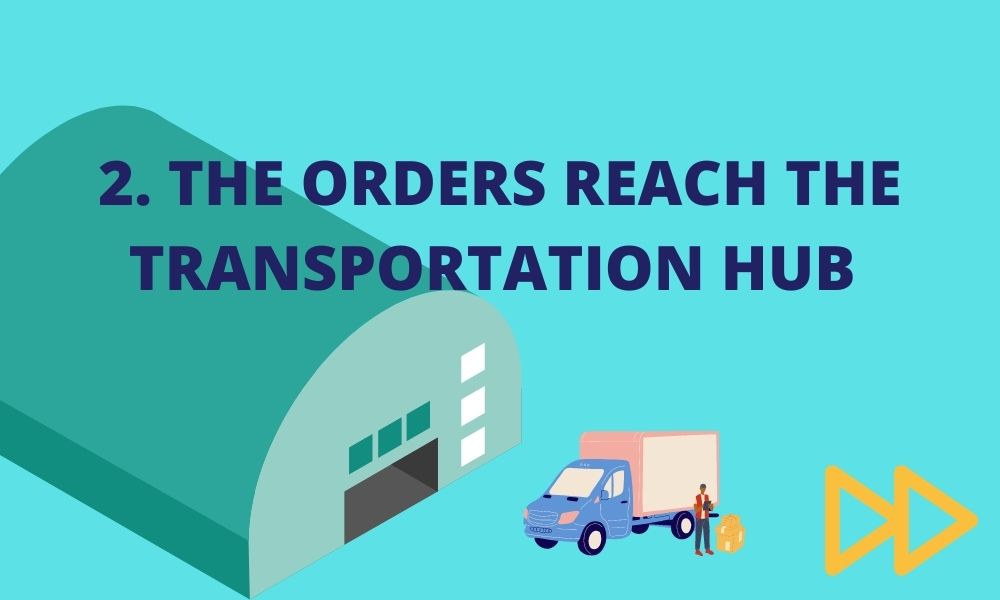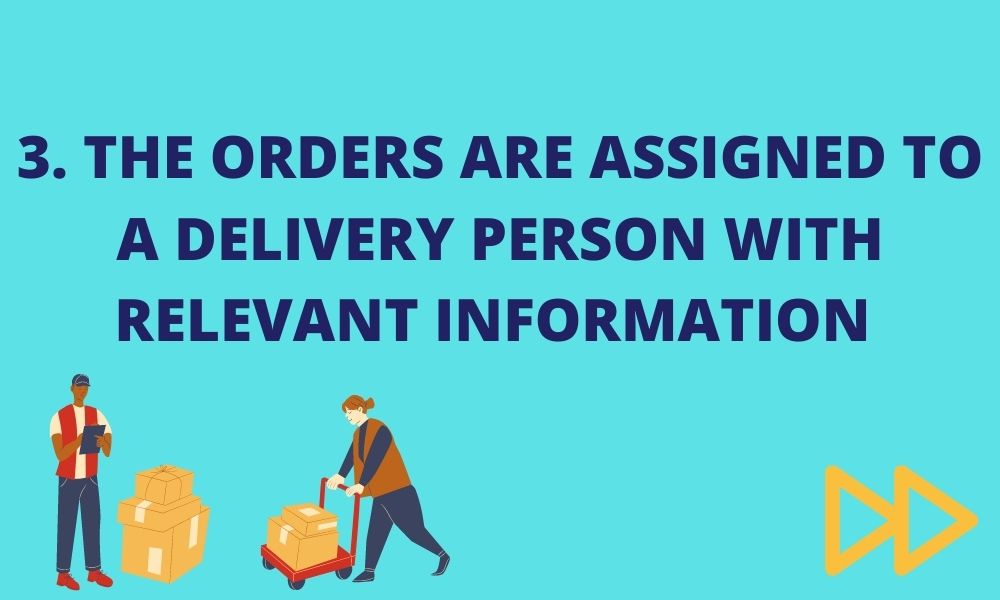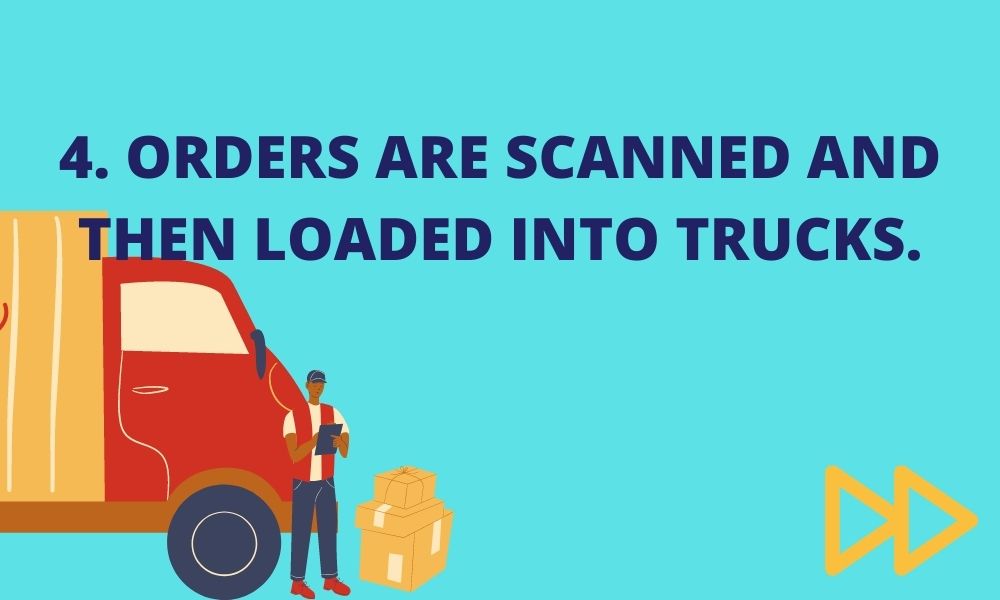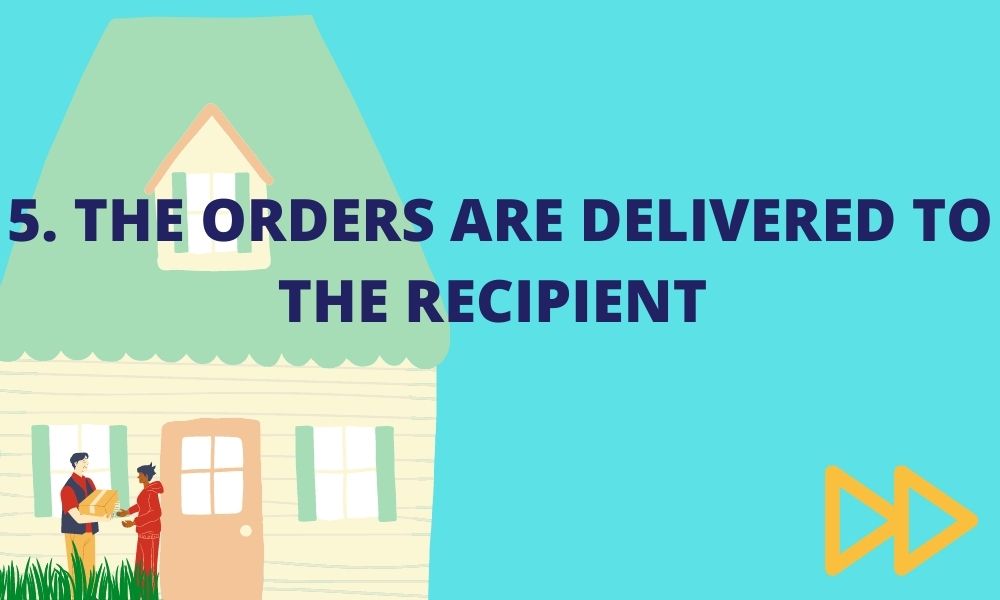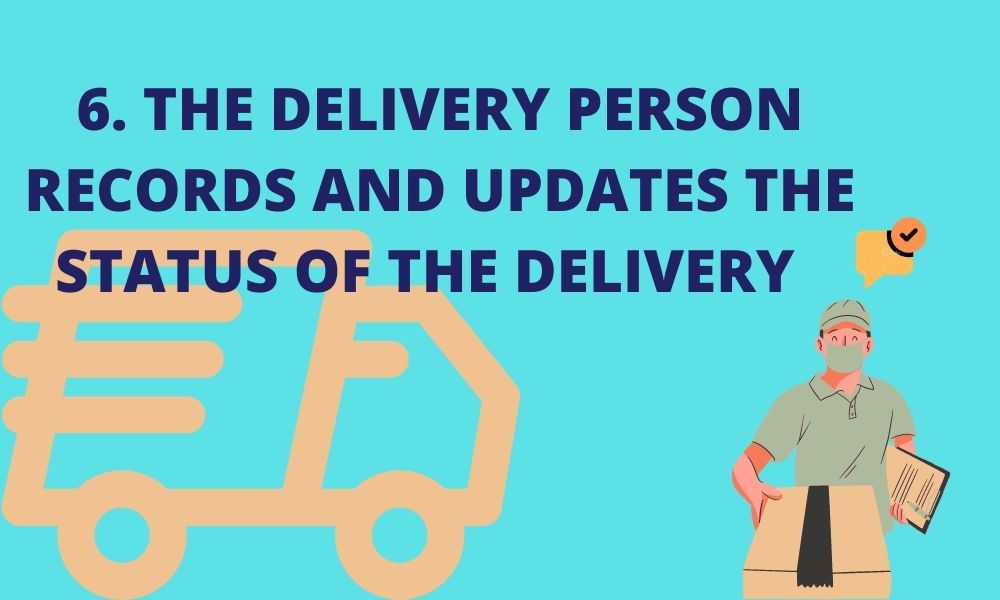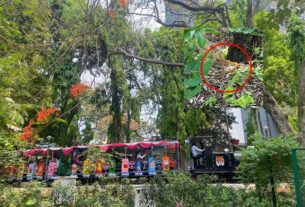In rural areas of India, last mile deliveries of e-commerce shipments remain an issue of concern. The market penetration for 2019 was two to three percent.
Bright-neon-coloured balloons were pasted on the walls with a double-sided tape. Numerous ribbons made out of pleated crepe paper adorned the centre table while little girls—with their hair open—played merrily around it. Over the centre table was a vanilla cake covered in cheap vegan icing—the kind of sweet that would give even an adult a sugar rush. But something was missing; there weren’t any candles to blow.
Diksha, Village Janglog, Tehsil Chopal, Himachal Pradesh had ordered candles for the birthday of her sister, Aastha. The candles were delivered on time but at a place 16 kilometers (km) far from their home.
Last-mile delivery (LMD) is the very last step of the delivery process when a parcel is moved from a transportation hub to its final destination. It is the most crucial and expensive step of the delivery process.
Swami, Manager at DTDC Kumbalgodu said that they don’t deliver couriers to villages. “Last-mile delivery is available only for the cities,” he said. He added that in Kumbalgodu, village K. Gollahalli is not serviceable by them as it is not economical. The absence of proper infrastructure and lack of bulk orders reduce the overall profit margins. As a result, the residents have to either go to the office or connect with the delivery person at some other location.
Online shopping is inaccessible to people living in villages. Many sellers don’t even ship products to their location. Among those who do take longer a time due to lack of connectivity. Diksha said that the courier company does not deliver the courier to their doorstep. The villagers have to collect the couriers themselves. “Couriers from the post office reach our homes so why can’t they?” she asked. “The delivery agent dumps all the couriers at a location far from the village,” she added.
Aman, a delivery boy at Blue Dart, Chopal said that the road leading to the village is in bad condition. He only travels till the point where the road is metalled. He hands all the couriers to a nearby chemist and the villagers collect the couriers themselves.
Arun Kumar, Co-founder of MedXpress which deals in last-mile delivery of healthcare services said that the market penetration for LMD in India is still 10 percent of the total market share. He attributed the high delivery cost to geographical constraints and inefficient tracking technology. He added the parcel value to the delivery cost is also not economical.
Nishu, DTDC Chopal, Himachal Pradesh agreed, he said that for a distance of 20-25 km they get paid Rs. 50-100. “If it is a single parcel delivery this doesn’t even amount to the cost of petrol we bear”, he said. He added that they had asked the company to update the prices for deliveries—taking into account the rough terrain they work at—but there wasn’t any response.
A report from the Internet and Mobile Association of India (IMAI) found that 84 percent of rural India do not access the internet for digital payments. Another report by Credit Suisse states that 72 percent of India’s consumer transactions take place in cash. Since cash transactions are still the primary mode of transactions in rural areas the need for doorstep delivery there is even more.
India’s last-mile delivery sector in 2019 was estimated to be $800-900 million with the market penetration of three to four percent. The sector is expected to reach $ 6-7 billion by 2024 following a similar trend to US and China where penetration is pegged at less than 10 percent.
The market is expected to grow from $850 million in 2019 to $6 billion in 2024
To reach the goals and go beyond them the industry needs an intervention. Arun said, “e-bikes could be a game-changer.” He added that new technology such as e-bikes can bring down the travel cost with efficient tracking technology.
Drones still need time to evolve as a service, he added that it will take five more years to develop them. “Currently they have a range of 30 km and clients are still not clear about the infrastructure required,” he said.
The industry needs to forecast demands using past data and invest accordingly. Arun said that companies need to decentralize warehousing looking at wherever demand is high. Cost-sharing between companies can also bring the expenditure down. A warehouse can be consolidated with multiple companies stocking at one location to reduce the burden on each one of them, he added.


